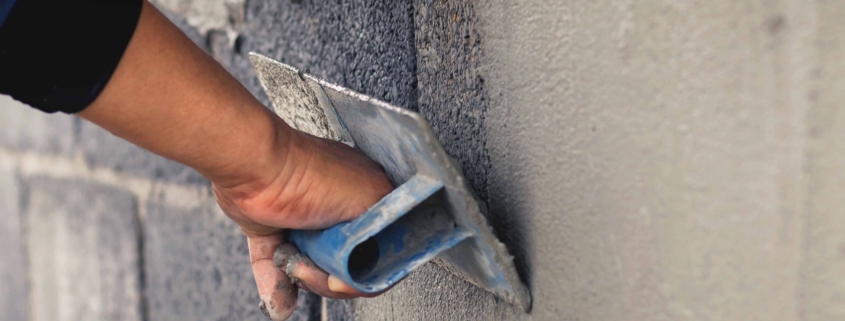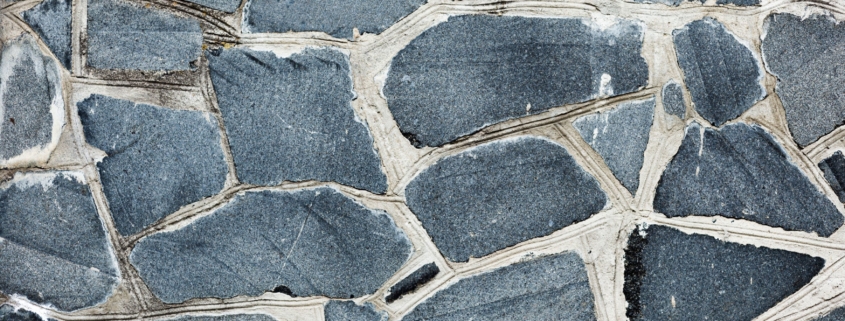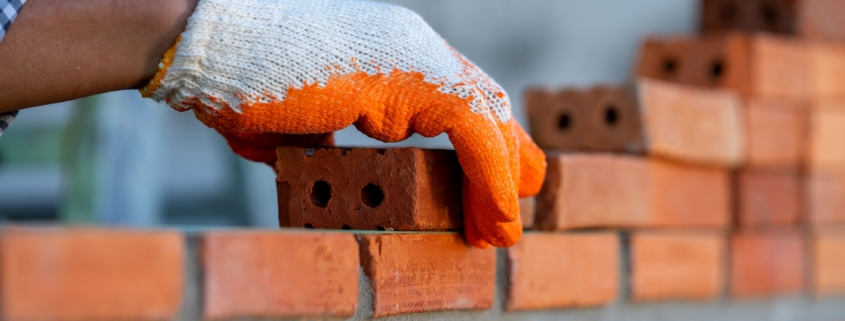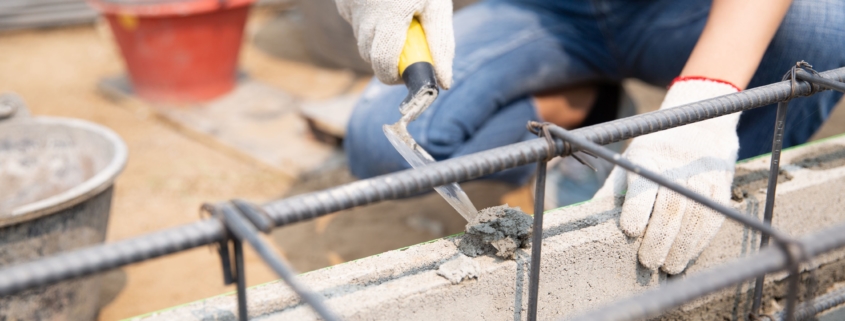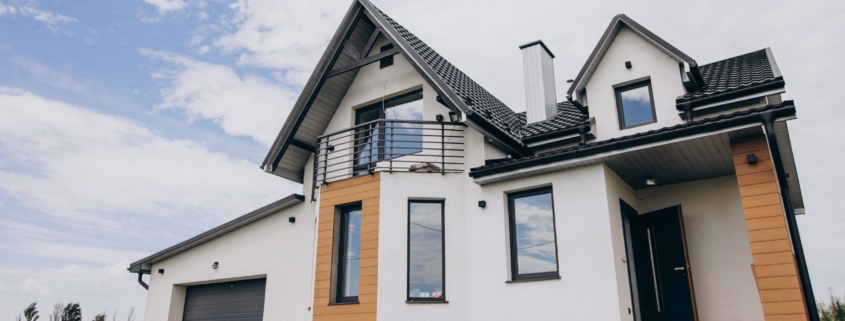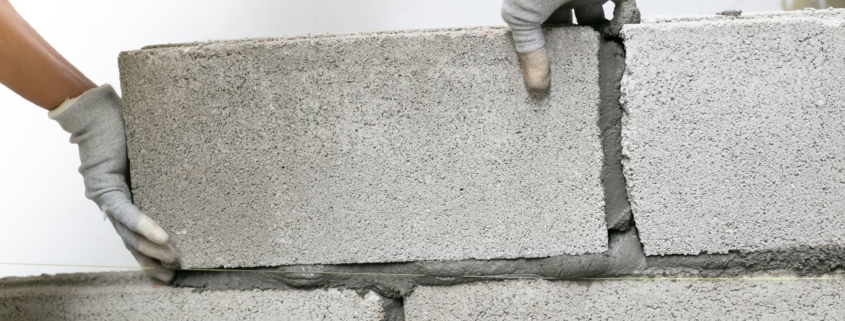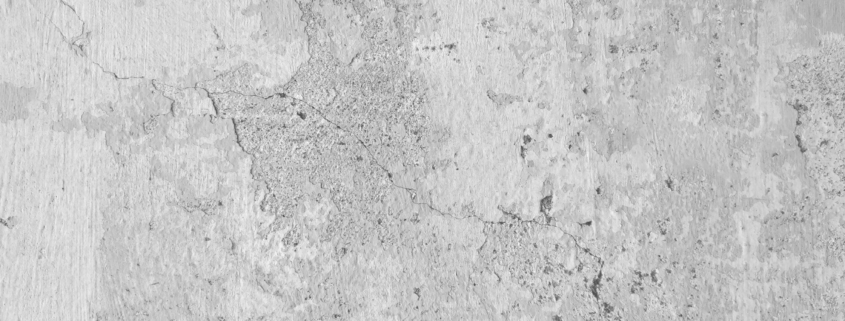Bricks have always been a popular material that is used in homes and commercial buildings. They look amazing, and they’re pretty sturdy, too. But like everything else, they could still require some touch-ups now and then, and if the bricks are beyond repair, then a replacement may be a good idea.
Minor damages like cracks and chips can be addressed by getting expert brick repair services in Toronto from a trusted masonry company like Red Robin Masonry. As a homeowner, it is also your responsibility to recognize the signs that your bricks need to be replaced. Here are some of those signs you need to look out for:
Damaged Bricks
Bricks can withstand harsh weather, but they can still get worn out and damaged. If you notice that some of your bricks are already crumbling, it’s an indication that a replacement will be needed soon. When multiple bricks are already damaged, it can affect the structural integrity of your home. Not only that – it could be dangerous for your family or other people who are walking nearby if a brick wall collapses.
Moving Bricks
Older brick structures that are heavily worn out can start moving. If you can move the bricks around, that’s a clear sign that it needs to be checked by a seasoned mason. Don’t take this issue lightly. Immediate action will help you preserve the structure, especially if your property is a historic building with a very interesting story to tell.
Leaning or Unstable Structure
Do you notice the structure slightly leaning? That could mean that the building is unstable and that there’s a risk of it collapsing. It would be best to get this addressed at once because otherwise, the building could collapse, and someone can get hurt. Also, the more you wait, the bigger the repair cost will be.
How Long Do Bricks Last?
Bricks can last for more than a hundred years. Most historic buildings found in Toronto are aged, but with repair work and proper maintenance, they could stand for a hundred more years! Mortar joints need to be checked, though, as they need attending every 20 to 30 years. If you know your historic building is over a hundred years old, you should definitely call experts to check its stability whether or not you see signs of deterioration.
The Importance of Paying Attention and Knowing Early Signs of Damage
Repairing a brick structure can be very expensive if you let the problem go on for years without taking action. When it comes to bricks, early detection of the problem is crucial as it could mean you could still save the structure. Never let cracked mortar, water damage, or uneven flooring get neglected, as these are telltale signs that there could be more extensive damage to come.
Conclusion
Brick is an extremely sturdy material that could last for hundreds of years. But that doesn’t mean they don’t need attention and proper care. While they’re low-maintenance, they need to be repaired as soon as you notice signs of damage. This is the best way to extend the life of your bricks. One of the best ways to make sure that your bricks are in the best shape is by contacting a reliable masonry company in Toronto that can perform inspection, repair, or, if necessary, replacement.
Red Robin Masonry offers expert masonry services in Toronto. Whether you need repair or replacement, our team of professionals can handle it for you. Contact us today to know what we can do for you!

